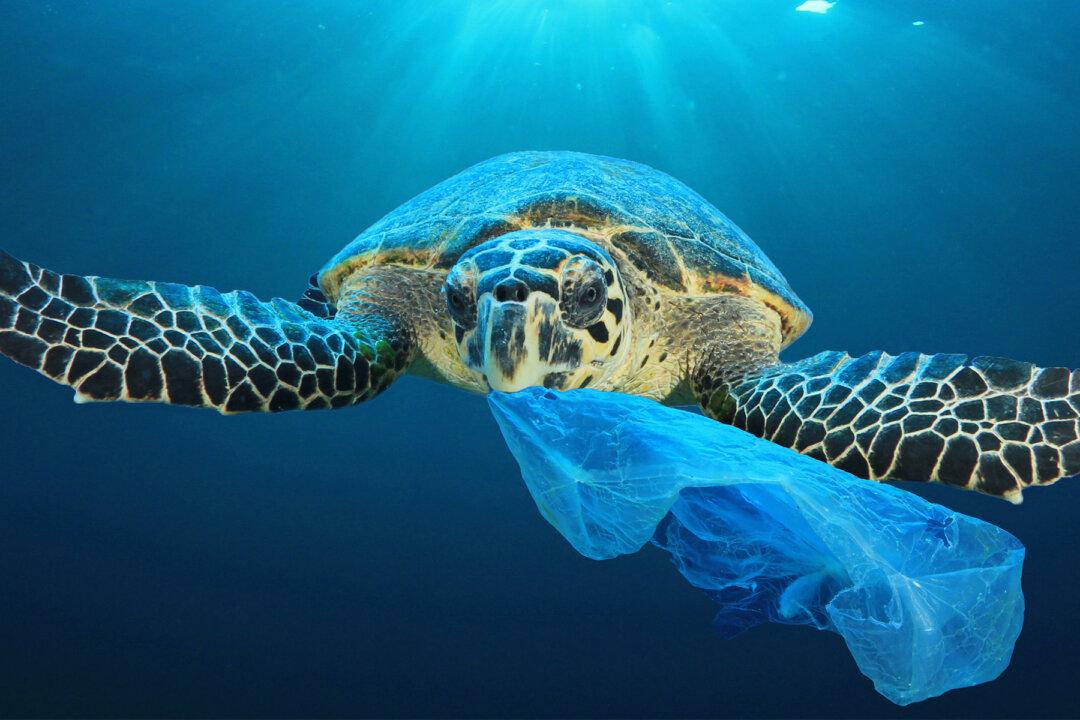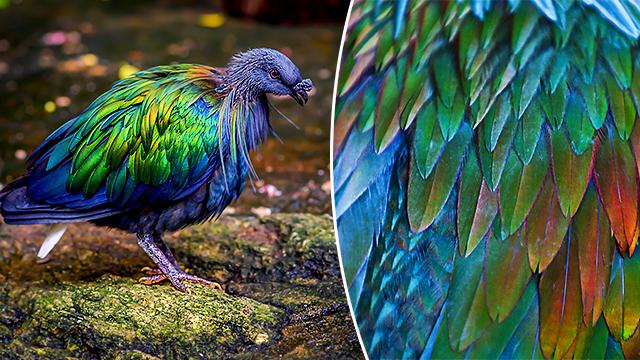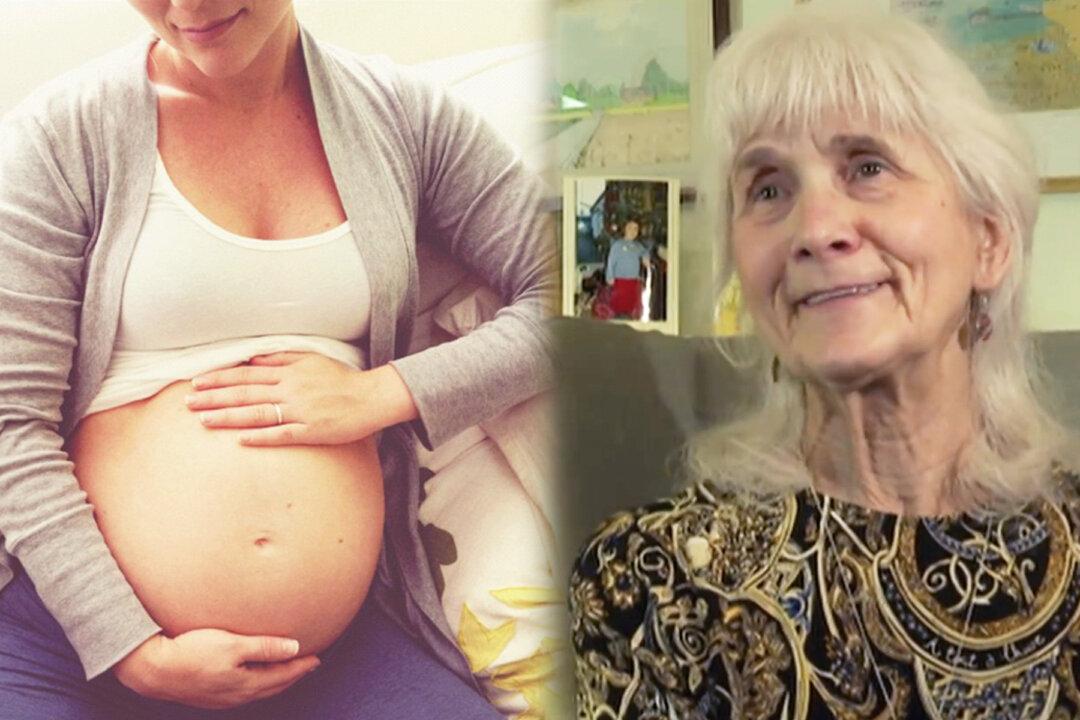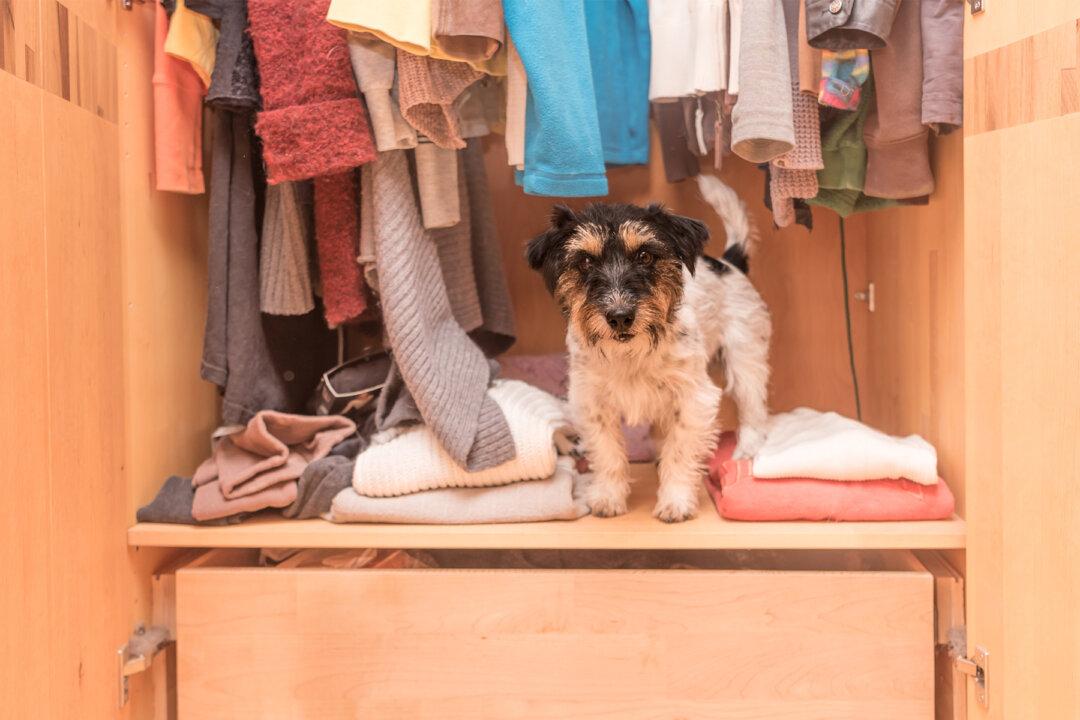Humans across the planet have been working furiously to reverse the effects of years and years of careless littering and waste, with organizations dedicating thousands of dollars and man hours to combat the pollution and animal risk posed by things like poaching, fossil fuels, and single-use plastics.
Various parts of the world have started to develop initiatives to limit the frequency of single-use plastics, which have been causing irreparable damage across the planet’s oceans and landfills.




